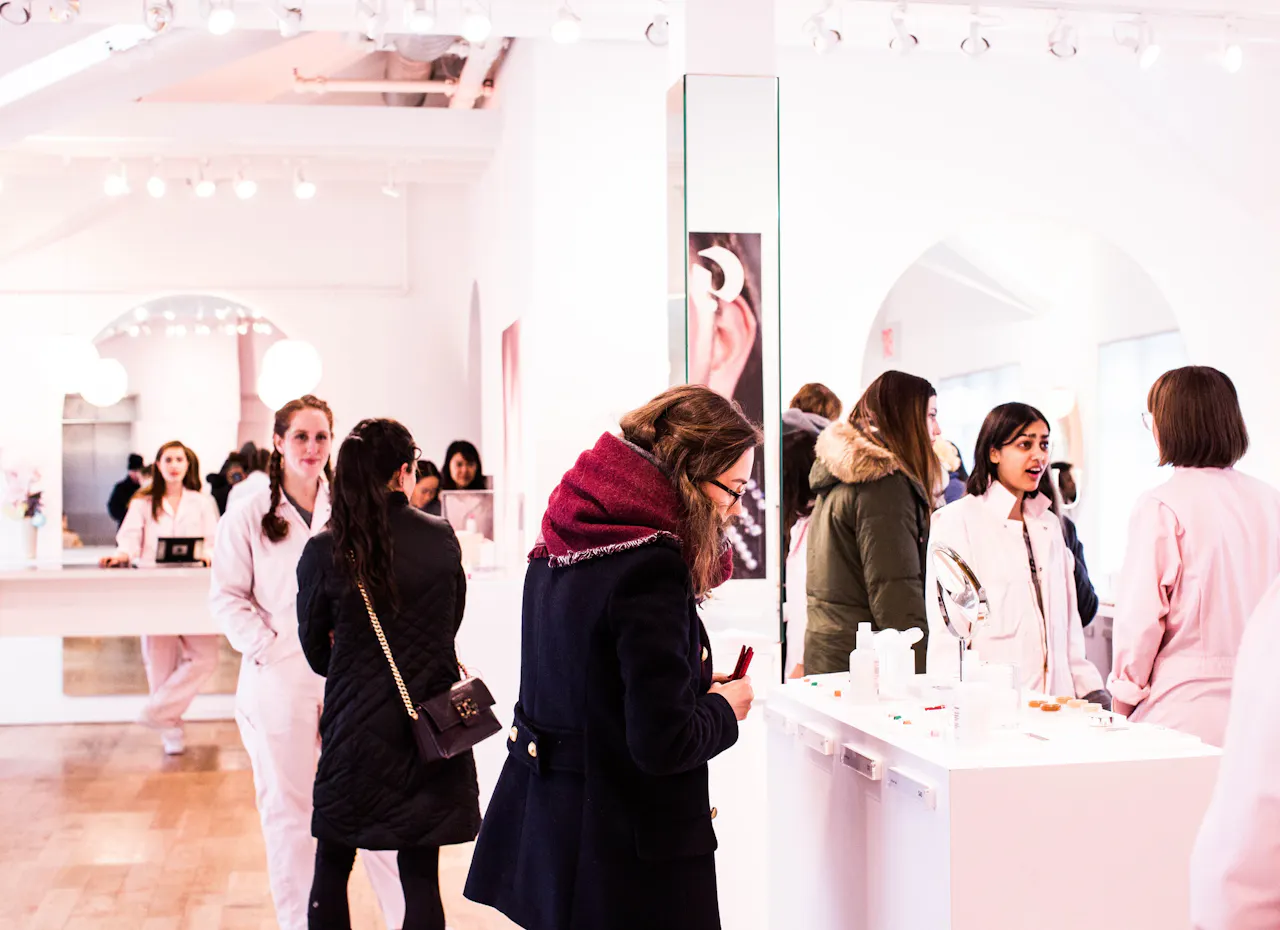Showrooming vs webrooming and how they help retail brands grow
Read this in-depth breakdown of showrooming vs webrooming and how these two different customer journeys help retail brands grow.
Learn from the best - subscribe to our clienteling newsletter now.
Latest posts in Modern Retail
For modern retailers, staying up-to-date with the newest lingo and latest trends in customer shopping can be an entire job on its own. From direct-to-consumer, to digitally native brand, to multi-brand retailer, to experiential retail - the list goes on and on. Understanding these terms, what they mean at their core, and how they affect small businesses is essential to being successful in the modern retail world. Below I am going to break down two frequently used buzzwords in the brick-and-mortar retail world, webrooming and showrooming, to help you better understand what they mean and how they affect your business.
Webrooming vs. Showrooming
Webrooming and Showrooming, once foreign concepts to retailers, are now some of the most popular buzzwords in the industry. The two are essentially exact opposites of one another.
Webrooming is when a consumer goes through much of their pre-purchase research process online before eventually heading into a store for final evaluation and purchase.
Showrooming is when consumers first visit a physical store to see products in real life and then go online and evaluate further before making their purchase digitally.
Even though these terms are simple enough to understand and define, many modern retailers still struggle with how to handle these phenomena and their effects.
How Retailers are Affected by Showrooming and Webrooming
Many believe that Bonobos invented the concept of showrooming when they began their expansion into retail. However, this is a common misconception. One important clarification to make about showrooming and webrooming — which helps diagnose how to best handle it — is that it is not the retailer’s choice but rather the buyer’s on how they pursue their path to purchase.
Much like e-commerce in its early days, showrooming was generally viewed in a negative light by retailers. The way they saw it, they were putting in the effort to attract people to their stores and provide them with a great customer experience in-person, only to have them retreat to online retailers in search of lower prices and promotions. This may have been the case in the early days of showrooming, but with the rise of the direct-to-consumer (DTC) model, showrooming grew to be an advantage rather than a disadvantage.
Brands can now keep less inventory on-hand and operate a showroom model where customers order at the store, intentionally walk out empty-handed, and have their items shipped right to their door.
Webrooming, on the other hand, represents the very beginning of e-commerce. Before online shopping meant you could place an order online and have it delivered to your home, you used the web to research products on Google and read reviews in order to inform what you would buy on your trip to the store.
One can even make an argument that the earliest version of webrooming was print advertising and word-of-mouth reviews before e-commerce became the norm.
However, webrooming has had the adverse effect of devaluing the retail associate. Modern retailers have come to believe that having a strong online store, engaged social media, and great reviews mean you only need a storefront and a staff for the final sizing and transactional part of the buyer's journey. The mentality became: I can save on my sales team and resources in-store because my consumer has already done their research and made their decision before walking in.
Retailer Takeaways
So, given all of this, what is a modern retailer to do?
Should you take the showroom route and focus on your in-store team and resources to create an experience good enough to convert buyers, even if that conversion is in the form of an online purchase instead?
Or, do you concentrate on the webrooming customer by prioritizing your online site and reviews and simply setting up your store as a place for the final transaction?
Unfortunately, the answer isn’t as simple as the analysis here. The truth is that no brand can or should try to force their customers to buy in a certain way. If you focus on one method versus another, you are always going to leave some segment of customers disappointed.
The answer is to set up your business with resources that allow customers to take the buying journey that suits them best. If I’m a showroomer who prefers top-quality, personal service, it’s important to provide that to me, even if you have the best website in the world.
Webroomers typically favor digital channels because it enables them to shop anytime from the comfort of their homes, as well as providing access to a wider range of inventory and sizes. It's important to equip these types of customers with enough information and resources on your website so they can adequately assess products on their own.
You can set yourself up for success by ensuring a positive shopping experience whether customers are webrooming or showrooming so that they eventually move down the funnel to making a purchase.
Use Endear to reach your customers wherever they are and no matter how they choose to shop. By giving your sales team the resources they need to drive conversions both online and in real life, you can gain the advantages of selling digitally while never losing the personalized touch of an in-store experience.
